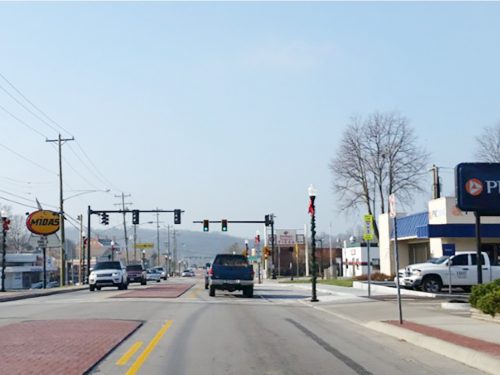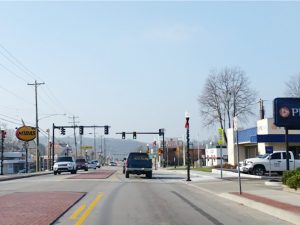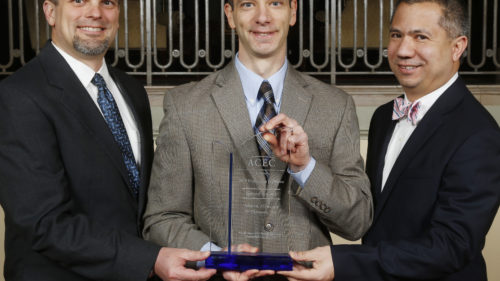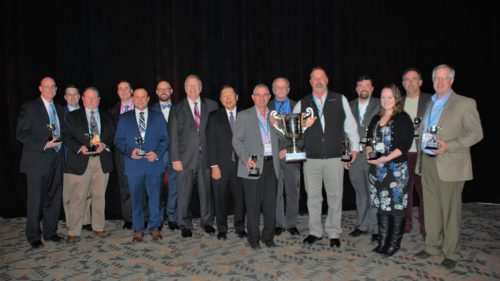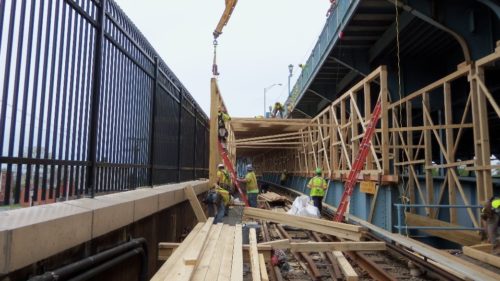Wooster Pike Revitalization
Wooster Pike Revitalization
US 50 runs along the Ohio River and is an arterial that connects the City of Cincinnati with communities in eastern Hamilton County. US 50 (Columbia Parkway) is a limited access, high- speed facility as it enters the Village of Fairfax and becomes known as Wooster Pike. Motorists continued with high rates of speed through the Village’s central business district, causing potentially-unsafe situations with the numerous driveways to the businesses along the corridor.
Fairfax leadership commissioned Barr & Prevost, A JMT Division, to review planning studies with goals to revitalize and enhance safety within the Wooster Pike business district, to support new traffic patterns within the Village’s residential district, and to provide a mechanism for economic revitalization.
Several studies were conducted through the corridor, including a building study to legally designate the project area as a central business district (CBD), a speed study to justify the speed reduction to 25 mph within the CBD, crash analyses, capacity analyses, visual observations of traffic patterns, and field inspections. Interviews were conducted with the Village Council, Village Administration staff, and the Fairfax Community Improvement Corporation. After much coordination with the Ohio Department of Transportation-District 8, the Ohio-Kentucky-Indiana Regional Council of Governments, Village of Fairfax officials, and the public, Barr & Prevost developed a concept plan for the project. The concept plan was presented at two public meetings, and several individual meetings were held with individual property owners.
The concept plan was refined to include several components, beginning with a ’road diet’ converting Wooster Pike from four lanes, curbs and narrow sidewalks, to three lanes (including a center-drivable, stamped and colored concrete median) and a five-foot-wide sidewalk with ADA-compliant curb ramps, all separated by curbs and tree lawns. Fully-actuated signals with pedestrian crossing phases were installed. A public parking lot, bicycle parking, and a connection to the Murray Avenue bike trail were also incorporated into the design. Unused utility poles were removed, and the overhead utility lines were consolidated to the south side of the corridor. Bus shelters and pullovers facilitated transit, while maintaining traffic flow. Meanwhile, new cul-de-sacs along the corridor prevented cut-through traffic, improving safety and, along with landscaping elements, enforcing the desired boundaries between residences and the CBD, while preserving pedestrian and bicycle connectivity between them.
Funding for the project came from grants from the Ohio Public Works Commission, the Federal Highway Administration’s Congestion Mitigation and Air Quality Program, and the Southwest Ohio Regional Transit Authority.
This 10-year project incorporated the components of a Complete Streets project in that it provided safe access for all users, including pedestrians, bicyclists, motorists and transit riders of all ages and abilities, through the corridor. It resulted in numerous safety improvements, wider travel lanes and sidewalks, elimination of visual clutter, landscaping, and traffic calming, all of which have helped convert a high-speed pass-through corridor into a low-speed business corridor that is safe for all modes of travel. Recent redevelopment projects have helped further transform Wooster Pike into a more vibrant business district.
The American Society of Highway Engineers, TRIKO Valley Section, honored Barr & Prevost with its Project of the Year award for projects under $5 million. The project also was selected by the Ohio Department of Transportation to represent it in the national America’s Transportation Awards competition, and received an award in the Quality of Life/Community Development category.
